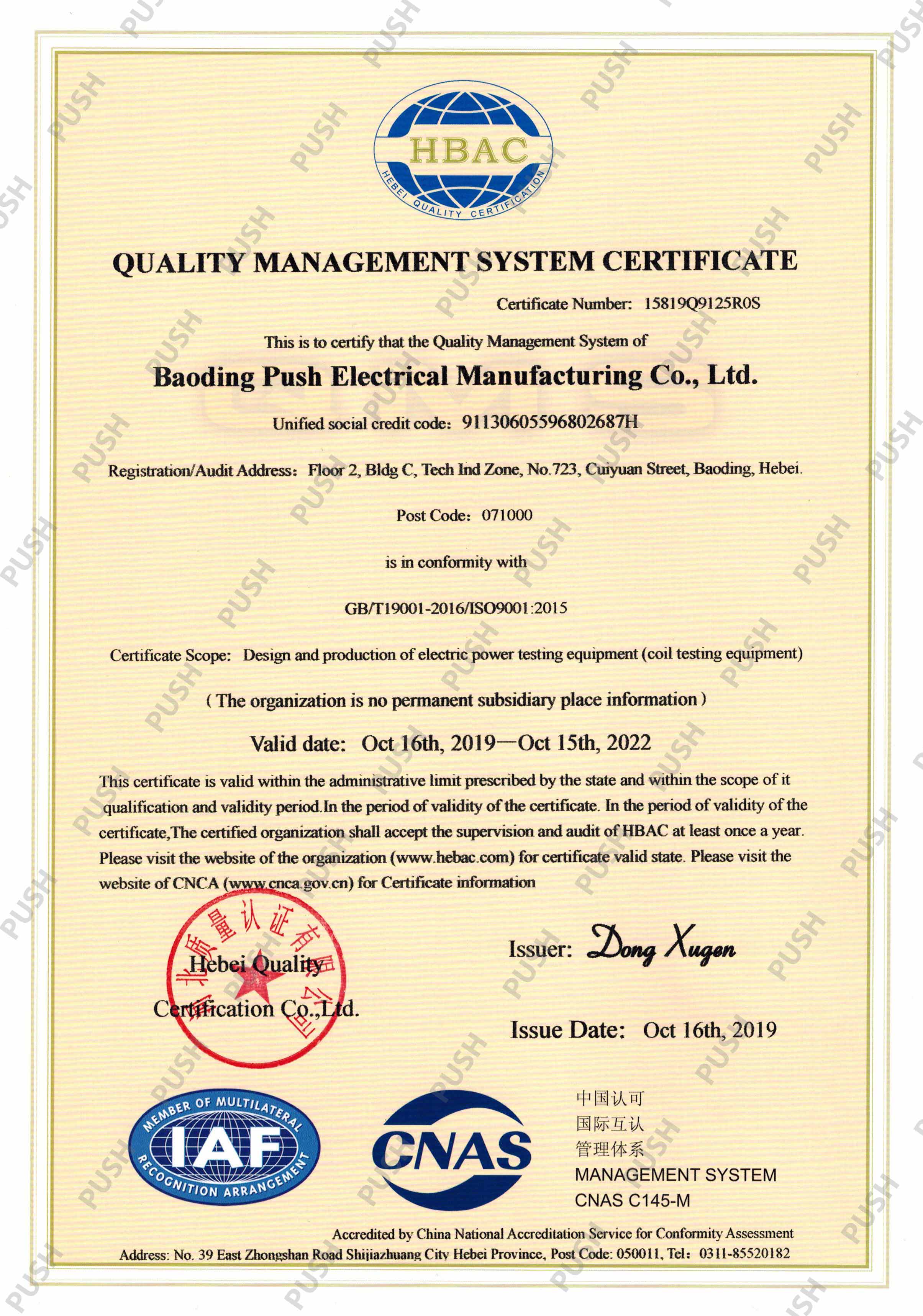 English
English


Essential Equipment for Accurate Titration in Laboratory Settings and Beyond
Understanding Titration Equipment An Overview
Titration is a fundamental laboratory technique widely used in chemistry to determine the concentration of a solute in a solution. It involves the gradual addition of a reagent of known concentration (the titrant) to a solution of the analyte (the substance being analyzed) until the reaction reaches its endpoint. This process relies heavily on precise measurements and specialized equipment to ensure accuracy and reliability of results. In this article, we will explore the essential components of titration equipment and their roles in successful titrations.
1. Burette
The burette is perhaps the most critical piece of titration equipment. It is a long, graduated glass tube with a stopcock at the bottom, allowing for the controlled release of the titrant. Burettes typically have a capacity of 50 mL and are marked with calibrations to indicate volume. The precision and accuracy of the burette make it indispensable; it helps to deliver the titrant in exact volumes, which is crucial for determining the concentration of the analyte accurately. To use it effectively, proper calibration and cleaning are essential, as residues from previous experiments can lead to errors.
2. Pipette
Pipettes are used to measure and transfer a specific volume of the analyte solution. They can be either volumetric or graduated, with volumetric pipettes providing the highest accuracy for single volume measurements. When performing a titration, the precise delivery of the analyte is just as important as the titrant. Like the burette, pipettes should be properly calibrated and cleaned between uses to avoid contamination.
titration equipment

The conical flask, or Erlenmeyer flask, is where the titration reaction occurs. Its wide base and tapered neck allow for easy mixing of the reactants and prevent spills. The flask accommodates the analyte and changes color when the endpoint is reached. Typically, a magnetic stirrer or a manual swirling motion is utilized to ensure that the reactants mix thoroughly during the titration, which enhances the accuracy of the endpoint detection.
4. Indicator
An indicator is a substance used to signal the completion of the titration. It changes color at a specific pH range and provides a visual cue that can be easily observed. Common indicators include phenolphthalein, which changes from colorless to pink, and methyl orange, which shifts from red to yellow. The choice of indicator depends on the nature of the titration and the pH of the solution. Using an appropriate indicator is crucial to accurately determine the endpoint of the titration.
5. pH Meter or Titration Software
In more advanced titrations, a pH meter may be employed to provide precise measurements of the solution's pH throughout the titration process. This electronic device allows for better control and understanding of the reaction dynamics. Additionally, titration software can be used to analyze data and provide more intricate details about the titration curve, enhancing both research and teaching.
Conclusion
Titration is a vital technique in analytical chemistry, and understanding the equipment involved is essential for anyone conducting experiments in this field. Each component, from the burette to the indicator, plays a significant role in ensuring accurate and reliable results. By mastering the use of titration equipment, chemists can effectively analyze solutions and contribute to advancements in various scientific and industrial applications. Whether in educational labs or chemical manufacturing, the principles of titration remain an integral part of scientific inquiry.
-
Differences between open cup flash point tester and closed cup flash point testerNewsOct.31,2024
-
The Reliable Load Tap ChangerNewsOct.23,2024
-
The Essential Guide to Hipot TestersNewsOct.23,2024
-
The Digital Insulation TesterNewsOct.23,2024
-
The Best Earth Loop Impedance Tester for SaleNewsOct.23,2024
-
Tan Delta Tester--The Essential Tool for Electrical Insulation TestingNewsOct.23,2024





